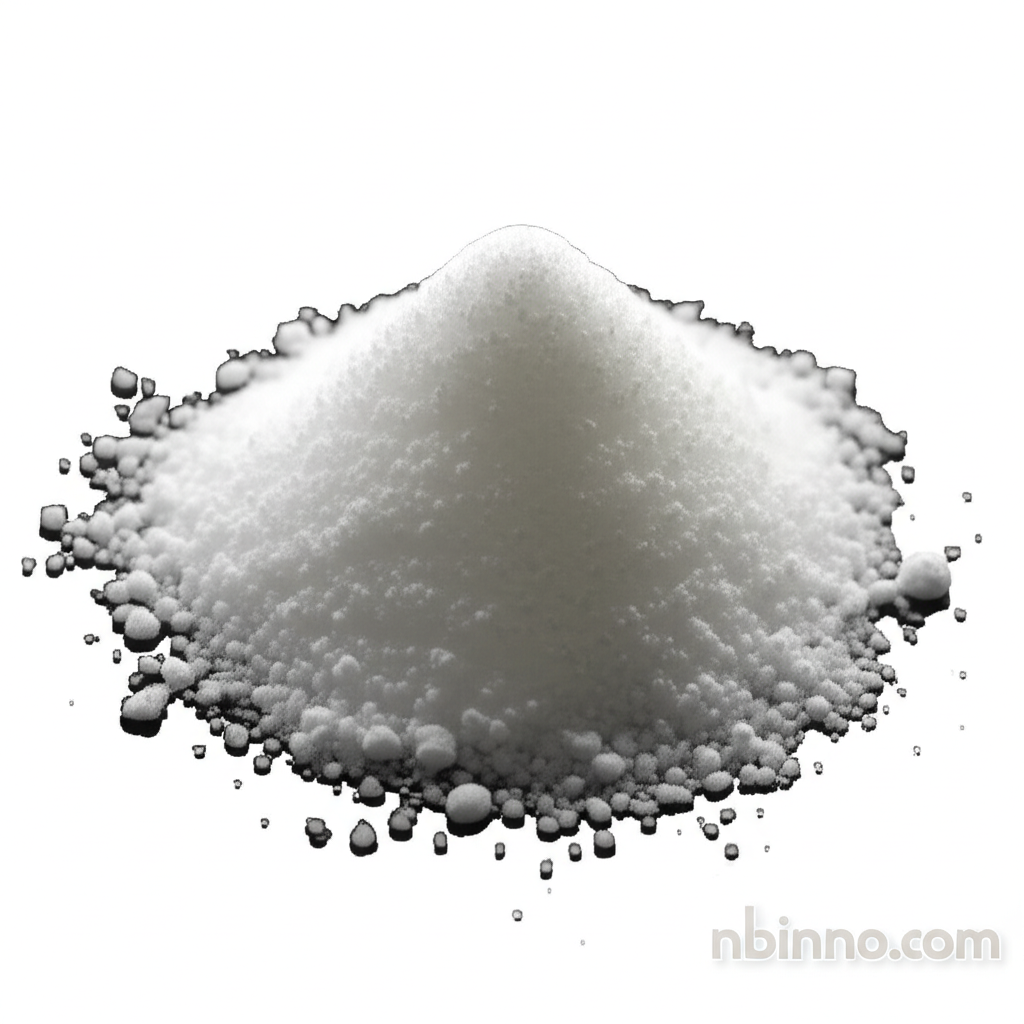9-Fluorenemethanol: A Versatile Intermediate in Organic Synthesis, Peptide Chemistry, and Materials Science
Explore the critical role of 9-Fluorenemethanol in advanced chemical synthesis, from enabling peptide production to powering optoelectronic innovation.
Get a Quote & SampleProduct Core Value

9-Fluorenemethanol
9-Fluorenemethanol is a vital organic intermediate, recognized for its indispensable role in modern synthetic chemistry. Its primary significance lies in its function as a precursor to the widely used Fmoc (fluorenylmethoxycarbonyl) protecting group. This group is essential in solid-phase peptide synthesis (SPPS) because it can be removed under mild basic conditions, offering an orthogonal strategy to acid-labile protecting groups, which is critical for complex peptide assembly.
- Discover the 9-fluorenemethanol synthesis pathways crucial for efficient Fmoc protecting group preparation. This compound's synthesis is central to making peptide synthesis more accessible and scalable.
- Explore the applications of fluorene derivatives in OLEDs, a key area in materials science. These derivatives contribute to enhanced charge transport and emissive properties in organic electronic devices.
- Understand the utility of 9-fluorenemethanol in pharmaceutical synthesis and the development of fluorescent probes. Its unique structure allows for versatile modifications leading to novel bioactive compounds and sensitive detection systems.
- Learn about the green synthesis of fluorene compounds, emphasizing sustainable practices. Research focuses on developing environmentally friendly routes to produce this intermediate and its related materials, minimizing hazardous waste and energy consumption.
Key Advantages and Applications
Enabling Peptide Synthesis
The conversion of 9-fluorenemethanol into the Fmoc group is fundamental for efficient peptide synthesis, allowing for the step-wise assembly of amino acid chains with high fidelity.
Advancing Optoelectronic Materials
Fluorene-based materials derived from this intermediate are crucial for high-performance OLEDs and solar cells, contributing to improved efficiency and stability in electronic devices.
Developing Pharmaceutical Agents
Its structure serves as a versatile scaffold for medicinal chemistry, leading to the development of various therapeutic agents, including antimicrobials and potential anticancer compounds.
Key Applications
Peptide Synthesis
As the precursor to the Fmoc protecting group, it is vital for solid-phase peptide synthesis (SPPS), enabling the efficient and orthogonal protection of amino groups.
Organic Synthesis
Serves as a key building block for the synthesis of diverse organic molecules, including intermediates for pharmaceuticals and functional materials.
Materials Science
Fluorene derivatives are used in OLEDs, solar cells, and high-performance polymers due to their excellent thermal stability, photophysical properties, and charge transport capabilities.
Fluorescent Probes and Sensors
Modified derivatives are employed in creating fluorescent probes for detecting analytes like pesticides and for bioimaging applications, leveraging changes in fluorescence.
Related Technical Articles & Resources
Why Choose Us?
Leverage our expertise and state-of-the-art infrastructure to accelerate your journey from discovery to commercial success.
Global Experience
With 20 years of R&D, manufacturing, and sales experience, we proudly serve clients across 60 countries and regions worldwide.
Advanced Facilities
Our in-house R&D laboratory, pilot platform, and large-scale production workshop are equipped to meet the audit requirements of global customers.
Seamless Scalability
We facilitate a perfect transition from small-scale lab requirements (grams) to full commercialization (hundreds of tons).
